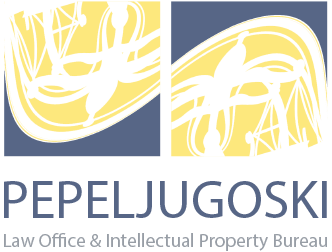PS Holding BV has filed a trademark application with the European Intellectual Property Office (EUIPO) for classes 35 (mannequins and photo models for advertising or sales promotion) and 41 (models and mannequins for recreational or leisure purposes). The figurative trademark application number ENJO/TM14226EU00 is actually the face of Dutch model Puck Schrover:

However, the EUIPO rejected the application for the reason that it cannot be separated from the services to which the trademark application refers, in terms of the attentiveness of consumers, as well as the fact that certain specific characteristics of the trademark were generally known. Specifically, the trademark application consisted of nothing but an image that could be used to present the services. Hence, it does not have the necessary distinctiveness, because it could represent a portrait of any young woman. When evaluating the distinctiveness, EUIPO did not take into account the arguments of the applicant that the trademark represents an image of the world-famous model Puck Schrover (known for her collaboration with world fashion houses such as Chanel, Dior, Louis Vuitton). On the contrary, according to EUIPO’s conclusion, the applicant did not justify the claim that the relevant public will perceive its image as an indication of the commercial origin of the services. In addition to this, the fact that Puck Schrover works as a photo model and appears in fashion shows does not give credit to the reputation of the trade mark, and even more to the perception of the image in relation to the services for which protection was sought.
Having in mind the reasoning for the rejection of the trademark application, it can be concluded that the assessment of distinctiveness in relation to certain goods and services can represent a serious obstacle in the registration of human faces as trademarks. Although, in history, there are such applications that successfully passed onto the registration stage (e.g. the face of the model Maartje Verhoef, the nose of Barbara Streisand, the hair of Donald Trump, etc.), it does not mean that we can talk about establishing a practice. So, according to the decision, in the absence of exceptionally dominant characteristics or distinctive characteristics, the applicant of any application of this type would face the same consequence, that is, to have the trademark application rejected.

